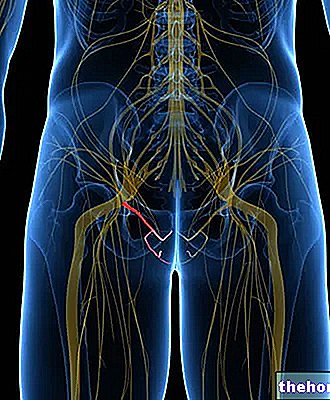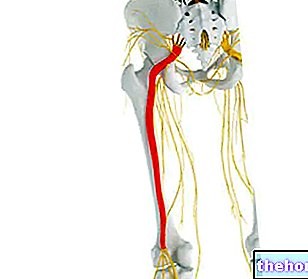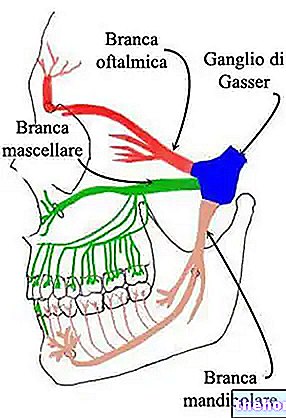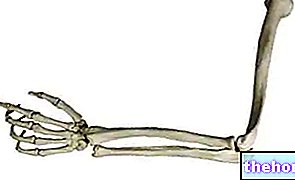Anatomy
The colon is a hollow organ (or bowel), located in the abdominal area, about one and a half meters long, which begins at the level of the ileocecal valve, the terminal part of the small intestine, and ends with the rectum and the anal canal. It consists of several parts: cecum, ascending colon, transverse colon, descending colon and sigma.
The colon wall is formed, from the inside to the outside, by several layers: the mucosa, the submucosa, the muscularis and the serosa.
The mucosa is essentially made up of two types of cells:
- epithelial, cylindrical in shape, which have the function of reabsorbing water and salts.
They have, on their external surface, the one that looks towards the lumen (the channel through which nutrients and feces pass), a series of invaginations, called crypts, which have the purpose of increasing the absorbent surface;
- muciparous goblets, which have the function of secreting a mucous and slimy substance in the lumen, so as to lubricate the same and facilitate the transit of feces.
The submucosa is located immediately under the mucosa and is very rich in vascular and lymphatic structures and in nerve fibers that regulate peristalsis (propulsive bowel movements that favor the progression of stool towards the rectum).
The muscle is made up of two layers of musculature: one more internal, with a transverse course, and one more external, with a longitudinal course. They give the bowel a characteristic sacculated appearance.
The serosa, also called peritoneum, constitutes a global external covering of the entire colon and also of all the other abdominal organs and viscera.

Physiology
A very important function of the colon is to absorb water and electrolytes (salts) in large quantities: it has been calculated that the volume of liquid that flows into the ascending colon from the terminal tract of the small intestine (ileum) is 800-1800 ml. per day, of which only 40-400 ml are emitted with feces.
The colon is also endowed with a secreting activity, mainly represented by the production of mucus and immunoglobulins (antibodies), which respectively have a lubricating role and a protective action from the immune point of view on the entire mucosa of the large intestine.
The main function remains, however, that of making its content progress, and is carried out, in particular, through two types of contractions: the segmentary ones, which manifest themselves as constant annular movements, capable of causing the fragmentation of the colonic content, and the propulsive ones (peristaltic), which appear intermittently, often as a reflex, mostly after ingestion of food, aimed at the advancement of the previously fragmented material.
The arrival of the faeces in the rectum, stretching the walls of the bowel, determines the beginning of the reflex to defecation, which involves the passage of the faeces into the anal canal and their elimination with evacuation, through the voluntary control of defecation.









.jpg)


















